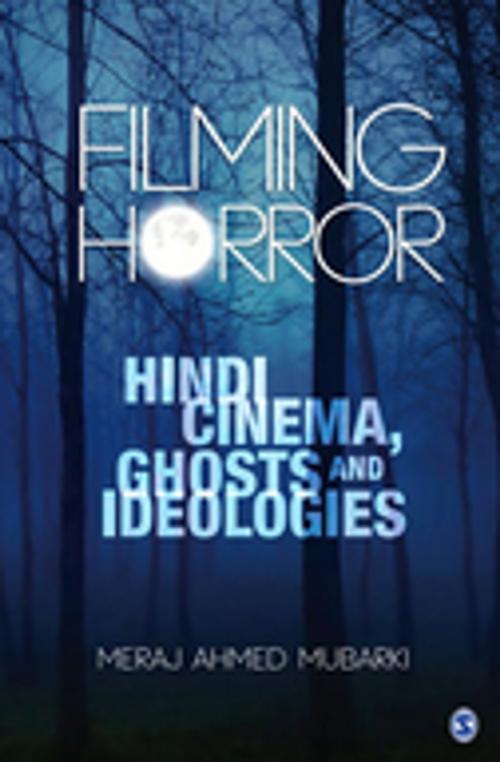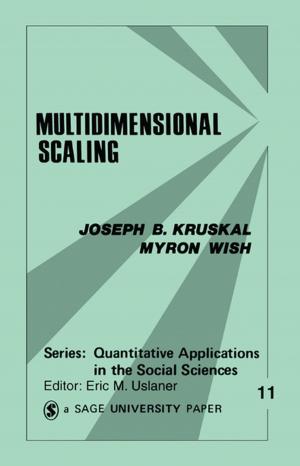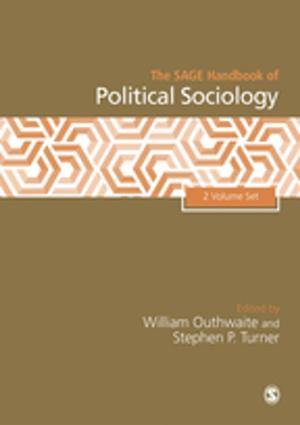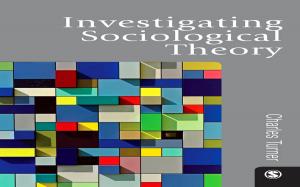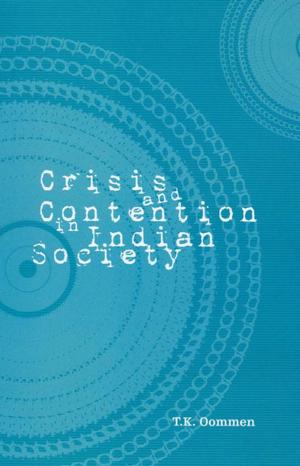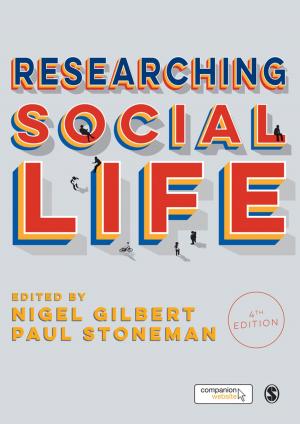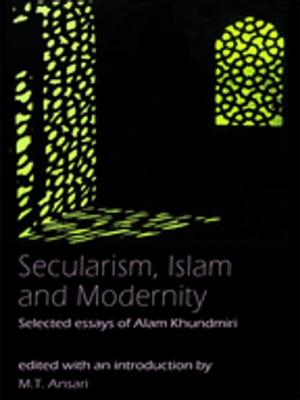Filming Horror
Hindi Cinema, Ghosts and Ideologies
Nonfiction, Reference & Language, Language Arts, Communication, Reference| Author: | Meraj Ahmed Mubarki | ISBN: | 9789351508717 |
| Publisher: | SAGE Publications | Publication: | May 1, 2016 |
| Imprint: | Sage Publications Pvt. Ltd | Language: | English |
| Author: | Meraj Ahmed Mubarki |
| ISBN: | 9789351508717 |
| Publisher: | SAGE Publications |
| Publication: | May 1, 2016 |
| Imprint: | Sage Publications Pvt. Ltd |
| Language: | English |
First book to study the horror genre of Hindi cinema in all its forms and expressions
Filming Horror: Hindi Cinema, Ghosts and Ideologies bridges the gap that currently exists in the field of genre studies in Hindi cinema. Analyzing more than 80 horror films from Mahal (1949) to Ragini MMS 2 (2014), the book uncovers narrative strategies, frames unique approaches of investigation, and reviews the revolutions taking place within this genre.
The book argues that Hindi horror cinema, which lies at the intersection of myths, ideology and dominant socio-religious thoughts, reveals three major strands of narrative constructs, each corresponding to the way the nation has been imagined at different times in post-colonial India. Moving beyond establishing the theoretical framework of horror cinema, the book intends to demonstrate how this genre, along with its subsets, provides us with the means to contemplate the nation and its representation.
First book to study the horror genre of Hindi cinema in all its forms and expressions
Filming Horror: Hindi Cinema, Ghosts and Ideologies bridges the gap that currently exists in the field of genre studies in Hindi cinema. Analyzing more than 80 horror films from Mahal (1949) to Ragini MMS 2 (2014), the book uncovers narrative strategies, frames unique approaches of investigation, and reviews the revolutions taking place within this genre.
The book argues that Hindi horror cinema, which lies at the intersection of myths, ideology and dominant socio-religious thoughts, reveals three major strands of narrative constructs, each corresponding to the way the nation has been imagined at different times in post-colonial India. Moving beyond establishing the theoretical framework of horror cinema, the book intends to demonstrate how this genre, along with its subsets, provides us with the means to contemplate the nation and its representation.
